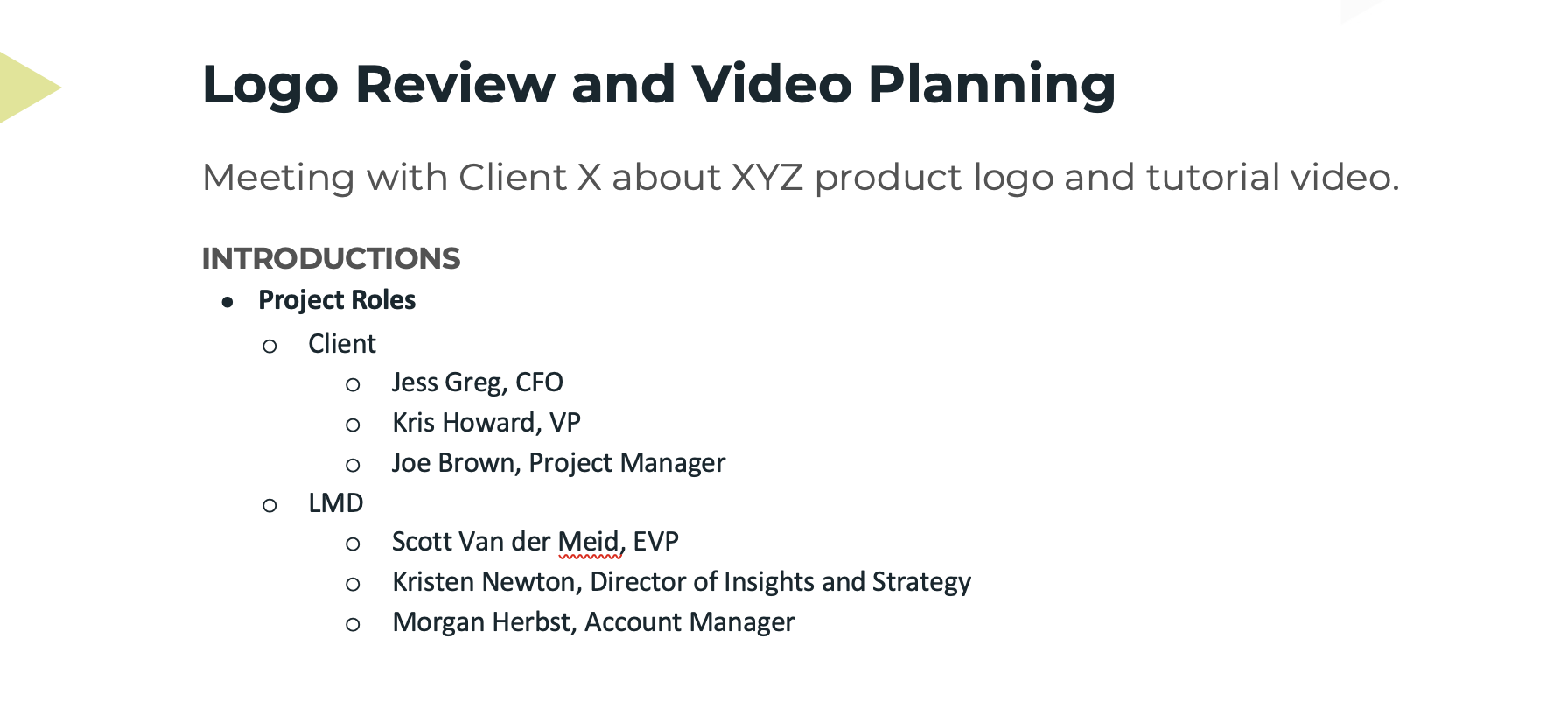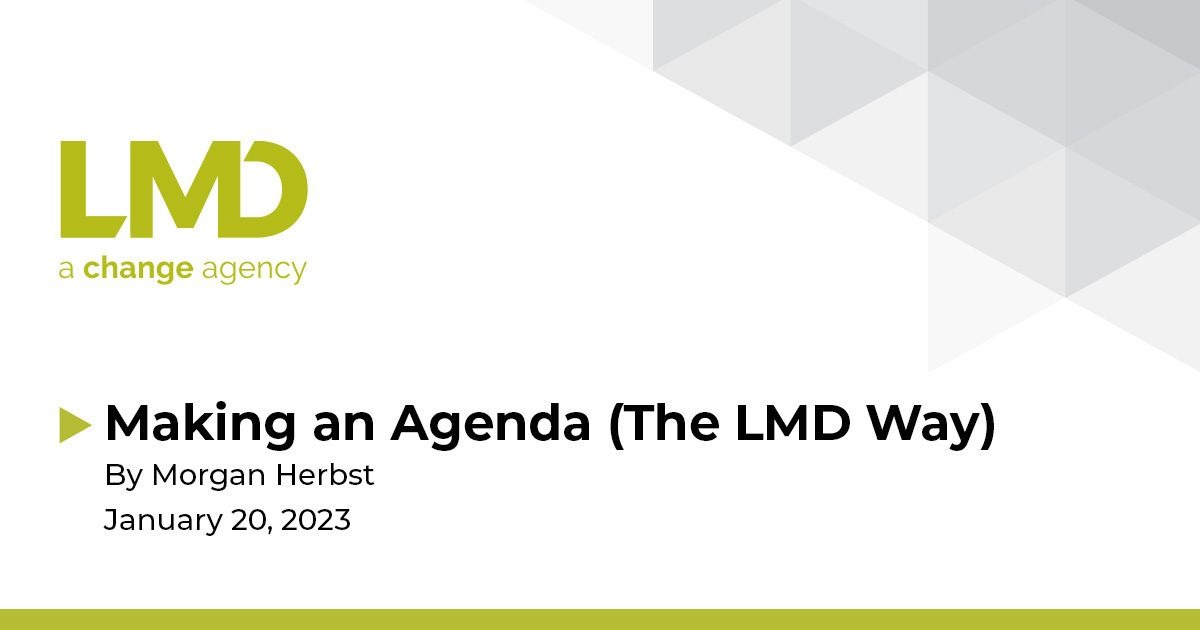We have all been in a meeting that went off the rails–we go off-topic, forget a topic, or frantically search through emails to find documents and last week’s discussions. We joke about meetings stretching over their allotted time and accomplishing little.
Not mine! A timely, straight-to-the-point meeting is a point of pride for me. It’s important that I am respectful of attendees' time and resources, which means keeping that train on its tracks. And staying on schedule, and on our rails, is very easy with the right guide.
When does the agenda get delivered?
Think of a meeting as a party. (Stay with me, we are switching metaphors.) You send out your invitations in advance with clear expectations of dress, activities, timeline, location, etc. Depending on the level of involvement of the recipient, you may even send out your invitation months in advance to give them time to prepare.
Unless you are going to some very boring parties or some very fun meetings, you probably won’t have the same experience at the actual event but the principles are the same. Set your attendee's expectations and give them time to prepare. The more involved the preparation, the more in advance you should deliver your agenda. Easy! For a weekly meeting with a consistent team, a day-of agenda is fine. For a planning meeting where attendees are expected to review materials and have ideas ready, give them a few days. If presentations are expected, include that information ASAP.
You really can’t send an agenda too soon, so always err on the side of early.
Tip: Sending out a virtual invite? Attach the agenda (or other relevant documents) to the calendar block.
So what’s on the agenda?
LMD sets up our agendas to also make note-taking a breeze. To start, a detailed header makes finding your meeting notes and pulling past agendas easy. A few seconds of filling in information makes us much more efficient and organized.
The Header: Start with a header that lays out the important information--who you are meeting with, what the project in question is, and the date.

Tip: Our designers developed a template in Word that’s LMD-branded and easy to use.
The Intro: You’ll want a title with a more precise goal or subject up for discussion, like “Kick-off Meeting,” “Media Buys,” or “Brainstorming,” and maybe a subhead description like “Discussion of Fall '23 Budget” or “Creative planning for the website.”

We also include who from each organization is attending the meeting for future reference, so our Zoom calls don’t start until everyone is on.
The Body: We like to lay our discussion topics out in bullets, and break down specifics if need be. We tend to take notes using our agendas, so this means we can fill them in during the meeting. Clear discussion topics mean attendees can come prepared.

Action Items: Every agenda (and meeting notes) closes out with next steps and responsibilities. Does something need to be reviewed? Followed up on? Getting specific with responsibilities, dates, and expectations makes for smooth sailing.

Important Dates: This can include deadlines, upcoming meetings, events–any date that attendees should keep on their radar. Having the schedule clearly laid out also means less scrambling through calendars and emails.
A well-built agenda keeps your meetings on track and your notes organized, it's worth the short time it takes to put it together.
Looking to develop your own brand templates for agendas, presentations, press releases, newsletters, and more? LMD can help!

